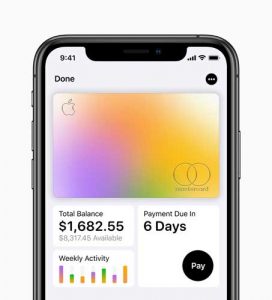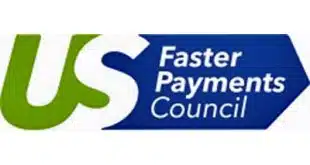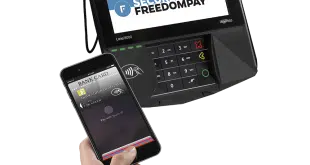Apple Inc.’s forthcoming Apple Card is another push from the computing giant to move payments into a digital realm under Apple’s control, according to analysts.
Apple last week announced the card, which bears a Mastercard Inc. brand and will be issued by Goldman Sachs Group Inc. The product, which eschews a card-verification code and expiration date on the physical card but includes them in Apple Wallet, is expected to debut this summer. The physical card, made of titanium, contains a contact chip. For contactless transactions, Apple wants cardholders to use Apple Pay, its near-field communication-enabled mobile-payment service.
Apple Card is viewed by some, like cardmaker Gemalto, which was acquired Tuesday by Thales Group, as an accelerant for digital payments in e-commerce. Apple Card users will make online purchases using Apple Pay, which is only available in Apple’s Safari browser, and in-app. Gemalto, in a blog post, said while many Apple Card users may still need to use another credit or debit card for some e-commerce purchases, the Apple Card is a push for online digital payments.
“Apple Card is a step in the right direction from a data-security standpoint,” Jordan McKee, research director at New York City-based 451 Research, says in an email. “The go-forward goal of the industry should be to eliminate the usage and visibility of sensitive data wherever possible.”
Though making an e-commerce purchase with the Apple Card on a non-Apple Pay-enabled Web site may be awkward, cardholders will be able to view the CVV and expiration date within Apple Wallet, McKee says. “Admittedly, it is a somewhat cumbersome and unnatural process for users, but does help to elevate security.”
The Apple Card may be in the vanguard of this shift. While the card garners much attention, it is but one card in a pool of thousands issued by banks and credit unions.
“Apple and Goldman Sachs are targeting a specific demographic of consumers who are loyal to the Apple brand and use their mobile devices (phones and tablets) more than browser-based activity,” says Krista Tedder, director of payments at Pleasanton, Calif.-based Javelin Strategy & Research. Her firm estimates that 22% of mobile-payment users (regardless of device brand) use mobile payments both in-store and online/in-app.
The reliance on Apple Wallet to house confidential payment information for the card won’t change how payment data will be processed and stored for transactions, she says. “What will change is the authentication approach used to authenticate the payment, store the credentials for subsequent usage, and how the consumer can access the information,” Tedder says. “Leveraging Apple Pay or other stored-credential applications which require additional authentication, such as device fingerprinting, biometrics, or other tools, meets multifactor authentication guidance that the industry is moving towards.”
The lack of a contactless antenna on the physical card also illustrates Apple’s ambition to showcase Apple Pay, McKee says. “The end goal of Apple Card is to drive Apple Pay usage, which is why Apple has eschewed issuing a dual-interface card,” he says. “The physical Apple Card is effectively being treated as a fallback mechanism for where Apple Pay is not accepted. Apple is aiming to guide cardholders’ hands to Apple Pay wherever possible.”
But, it may be a confusing message for NFC, Tedder says. “Apple and Goldman Sachs are providing a mixed message—trust NFC if it is on your phone but not on a plastic,” she says. “Consumers need to be advised that NFC is secure in both mobile wallets and physical cards. What is important is the additional authentication which comes with the EMV/NFC combination in the card or the use of NFC/biometrics on the device. Apple and Goldman are missing an opportunity to embrace payment technology to meet consumer needs to pay in the most secure fashion regardless of where they shop.”






